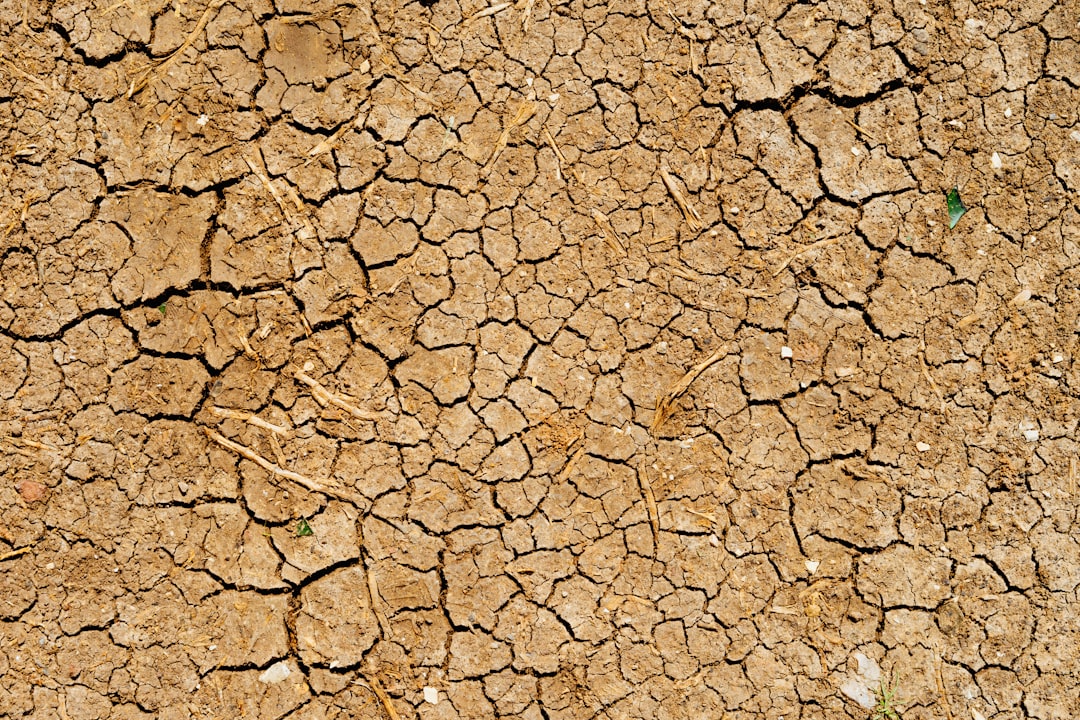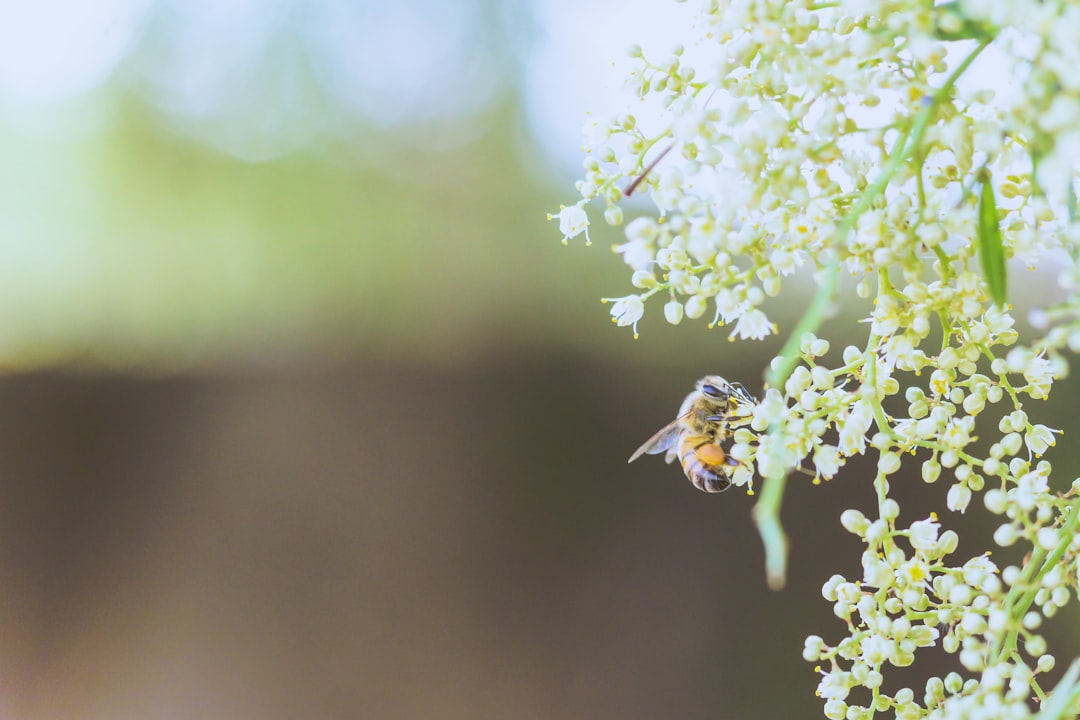What is it about?
In 2008 the US Embassy in Beijing started tweeting air-quality readings from a newly installed monitor. Since then, US embassies around the world in low and middle-income countries have installed monitors and started tweeting readings on air quality. We use satellite data before and after the monitor was installed to compare pollution levels in cities in this program to similar cities that weren't. We find that installing the embassy monitors led to lower pollution levels than residents in these cities would have otherwise experienced. We quantify how many lives were saved from these reductions in pollution, finding that the benefit for the median city in the program is over $US100 million per year.
Featured Image

Photo by Lizgrin F on Unsplash
Why is it important?
The World Health Organization considers air pollution the greatest environmental threat to health, yet air-pollution monitoring is currently inadequate in many parts of the world where pollution is suspected to be at its worst. We show that information on air quality, provided by a third party, can lead to lower pollution levels in countries without good access to public monitoring. Expanding access to monitoring can have substantial benefits.
Perspectives
We often think that information is important because it might lead to better decision-making, but quantifying the impact and value of information is tricky. In this case, we were able to use satellite data to study the effect of air-quality monitoring on air quality. You can't normally look at the effects of measurement on something that you have only just started measuring! The research was also exciting because the program we studied made a pretty big splash in the media, with lots of claims about the impacts of the program but no real evidence and we were able to apply some rigorous techniques to see whether it did have an impact.
Andrea La Nauze
University of Queensland
Read the Original
This page is a summary of: US Embassy air-quality tweets led to global health benefits, Proceedings of the National Academy of Sciences, October 2022, Proceedings of the National Academy of Sciences,
DOI: 10.1073/pnas.2201092119.
You can read the full text:
Resources
Contributors
The following have contributed to this page










